10 Visual Learning Style Examples

Complex ideas can be broken down into digestible information with images and videos, that’s why it’s an effective language for learning. But it isn’t limited to images and videos alone. In this article, we’ll explore 10 visual learning style examples you can use to make an impact on your learning program today.
1. Microlearning
Microlearning is an innovative visual learning style example that combines the power of visual language with advanced learning technologies. It’s basically bite-sized lessons that combine images, texts, videos, and games that learners can interact with. Users are direct participants in the lesson therefore they’re actively engaged and learning. Most advanced microlearning tools are mobile-first, which means they’re highly accessible on any smartphone.
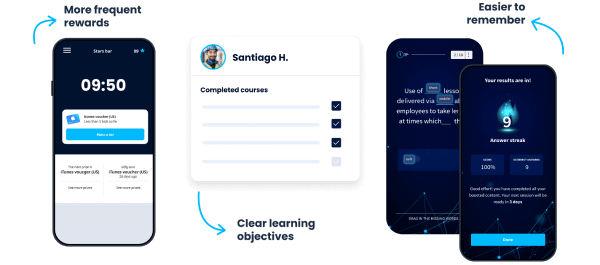
Advanced microlearning tools like EdApp host thousands of learning content on a wide variety of topics. Depending on the lesson, it’ll be using different kinds of visual learning style strategies.
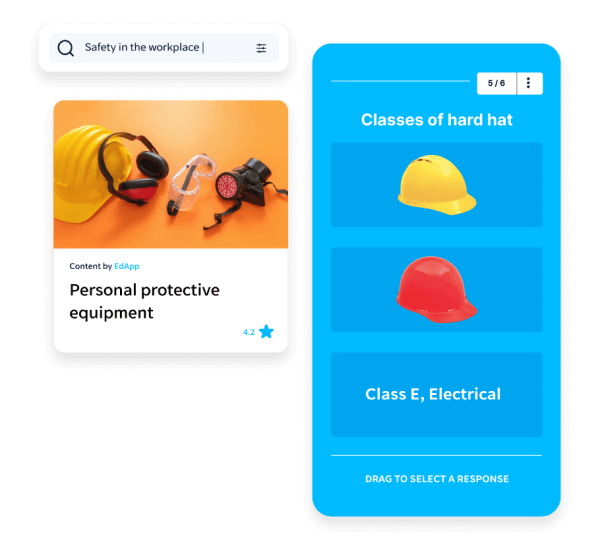
For example, communication skills in the workplace lessons will have visual simulations like chat prompts and other kinds of quiz-type games. EdApp courses are also personally designed by experienced instructional designers who expertly optimize each course with learners in mind.
Try EdApp for free and see how effective microlearning is as a visual learning style example!
2. Virtual Training
Post-pandemic everyone is keenly aware of this visual learning style example. Everyone from employees to students had to go through virtual training through Zoom or other video conferencing software. This style involves conversing, presenting, and collaborating on learning materials via online video calls. The medium has increasingly gotten more sophisticated over the years with tools having virtual whiteboards, shareable screens, and even watch party functionality.
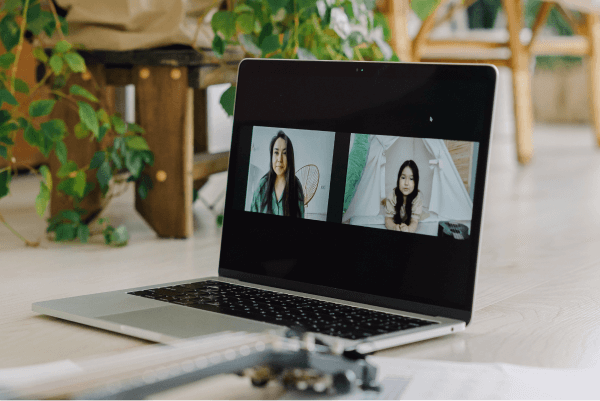
Although it has its limitations, it has no doubt brought together people around the world to collaborate and learn in ways they’ve never before. Sharing images, presentations, and documents in real-time has made work so much easier and more efficient.
3. Video recording
The video recording visual learning style example is another time-efficient way of delivering lectures, demos, and presentations. All you need to do is sit down and record a lesson and add visual aids and then you can send it out to teams for them to check out on their own time. One big advantage to this learning style is that learners can rewind or move forward at their own pace. Each learner is different and so this simply makes learning much easier in that way.

It may take time to create effective video recordings, especially if you’re aiming for quality. But, once you’ve got the hang of it, you’ll be saving so much more time in the long run! There are also a lot of resources available online for training videos.
4. Open online courses
Open online courses are readily available lessons created by field experts or instructors on specific topics that can be accessed through a browser or app. Most of the time these come in courses or a set of lessons. They usually don’t take much of your time, some lasting for about a few minutes. And as a bonus, a lot of these courses even offer certification upon completion to help motivate employees or learners to upskill themselves.
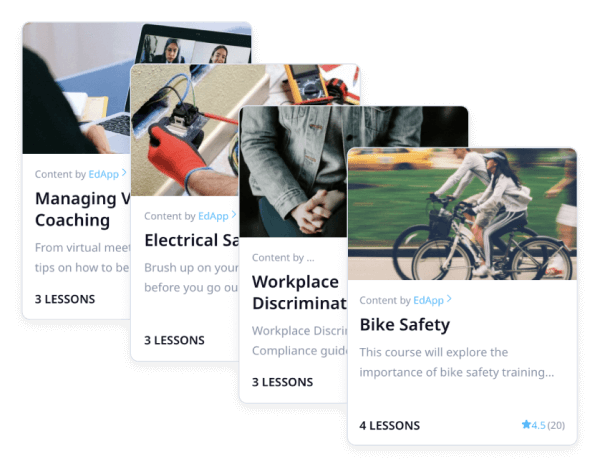
Learning platforms like EdApp have created a library of online courses that integrate visual learning by using images, games, and knowledge-retaining design. If you can’t find a course you need in the library, you can even create one yourself either with templates or from scratch. EdApp’s course creator tool even has Canva integration to make the visual design process even easier. You can even plug in existing learning materials from PDFs, PPTs, and documents and it’ll automatically convert into a beautiful online microlesson.
5. Interactive simulations
They say that experience is the best teacher, and that’s true because even visual learners learn best when they are immersed in a lesson. Things are simply best remembered when associated with a lived experience. That’s why it’s important to integrate interactive simulations into your training program.
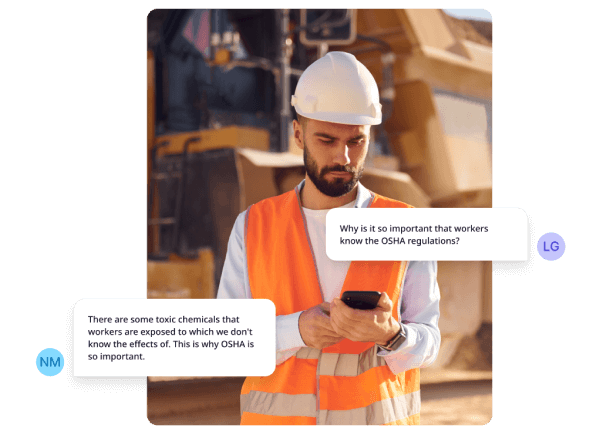
For example, sales and retail people need to experience what it’s like to interact with clients and customers in the field. And especially industry workers need to know how to work equipment properly for their own safety.
6. Quizzes and Games
Static visual learning like images and slides may not be effective alone because they can get boring. Games and quizzes are great ways to combat boredom and inactivity during learning. When someone is physically and mentally participating in lessons, knowledge is retained much more easily. And not to mention when you’re having fun, it’s much more memorable. And aside from that, it can also pose a challenge to learners who want to improve themselves in more active ways.
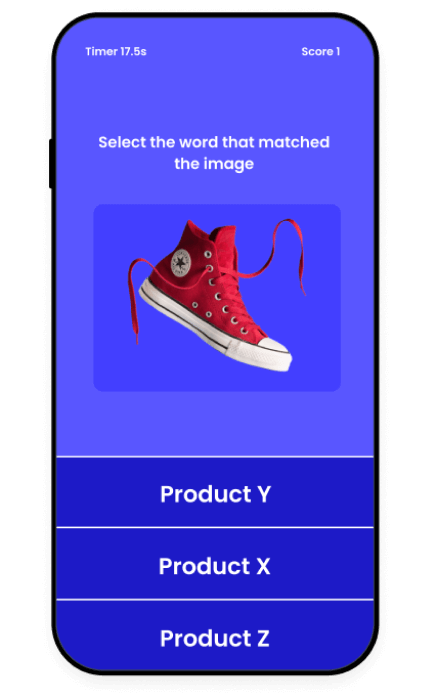
7. Webinars
Webinars are a great visual learning style example in the post-Zoom age. Webinars aren’t just like video lectures but are live events that include moderation, keynote speakers, and audience interaction. It encourages everyone to participate in learning by participation. It’s also great because webinars also have chat functions for people who are a little shy to open their mics and ask direct questions.

It’s also a great way to include yourself in a community of learners and get to know other participants who are interested in the same key topics as you. Most webinars also become available as video-on-demand or VODs so they can be accessed by anyone even if they missed the live event.
8. Infographics
If you’re active on social media, you’ve definitely seen infographics on a range of different topics. Infographics aim to break complex ideas, information, and facts down into visually appealing and digestible images. That’s why they’re so popular on Instagram and Twitter. Infographics are also easily shareable, linkable, and even pasteable on presentations and slides, which make them even better for learning.

So if you’re planning on creating training programs consider sharpening your graphic design skills or use instructional design tools that make infographics easier to create.
9. Video essays
Another popular visual learning style example that’s gained popularity on the internet is the video essay. Video essays usually go in-depth with specific topics and use the visual language of video and film to make them even more engaging and interesting. Just like the infographic, it aims to make well-researched written material into a digestible and fun visual medium. Most times video essays also combine music and other audio techniques to engage the audience.

10. Graphs and tables
Now the last visual learning style example is a little bit more traditional but no less effective. Graphs and tables have been a staple visual element used in all kinds of training for years. Being able to break down numbers, trends, formulas, and other complicated math or science-related things into an easy representation is key to comprehension.

Learning how to use graphs and tables will help you in the long run. It’s essential in any business to be able to break down information dealing with statistics, finances, and other kinds of data that are key to organizational growth.
Author
Alec Bailon
Alec is an eLearning expert for EdApp, a pioneer LMS that designs creative mobile workplace training solutions. On the off days, they enjoy cooking, reading, or finding a live show or play to watch.
